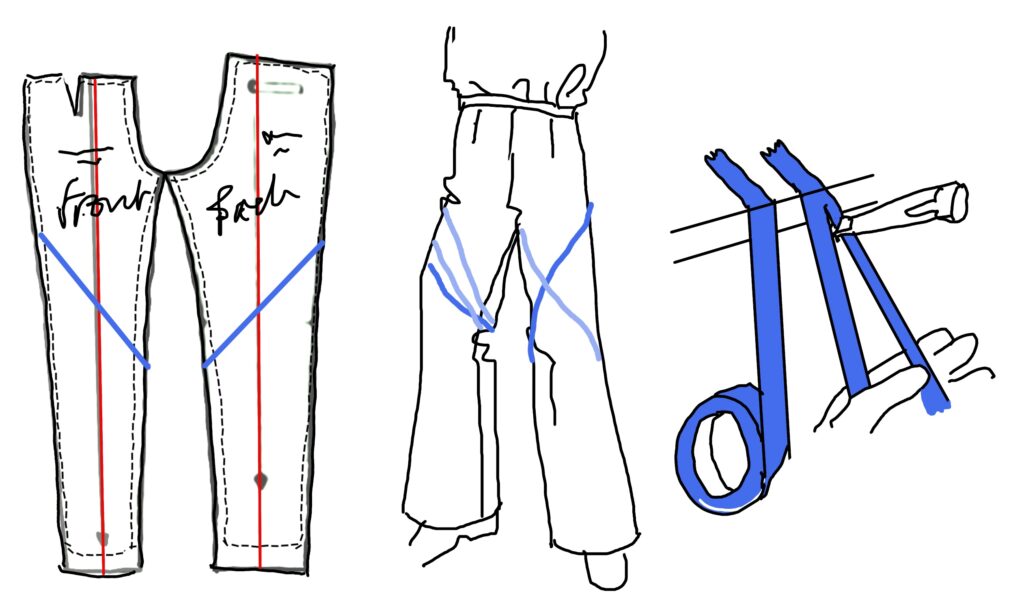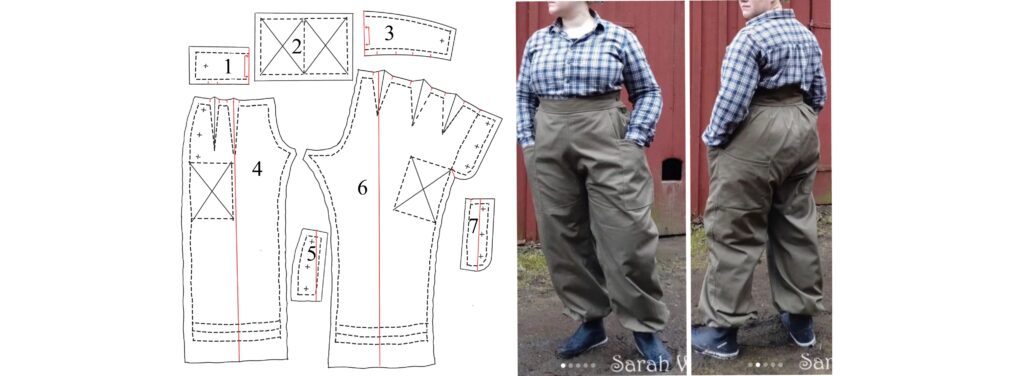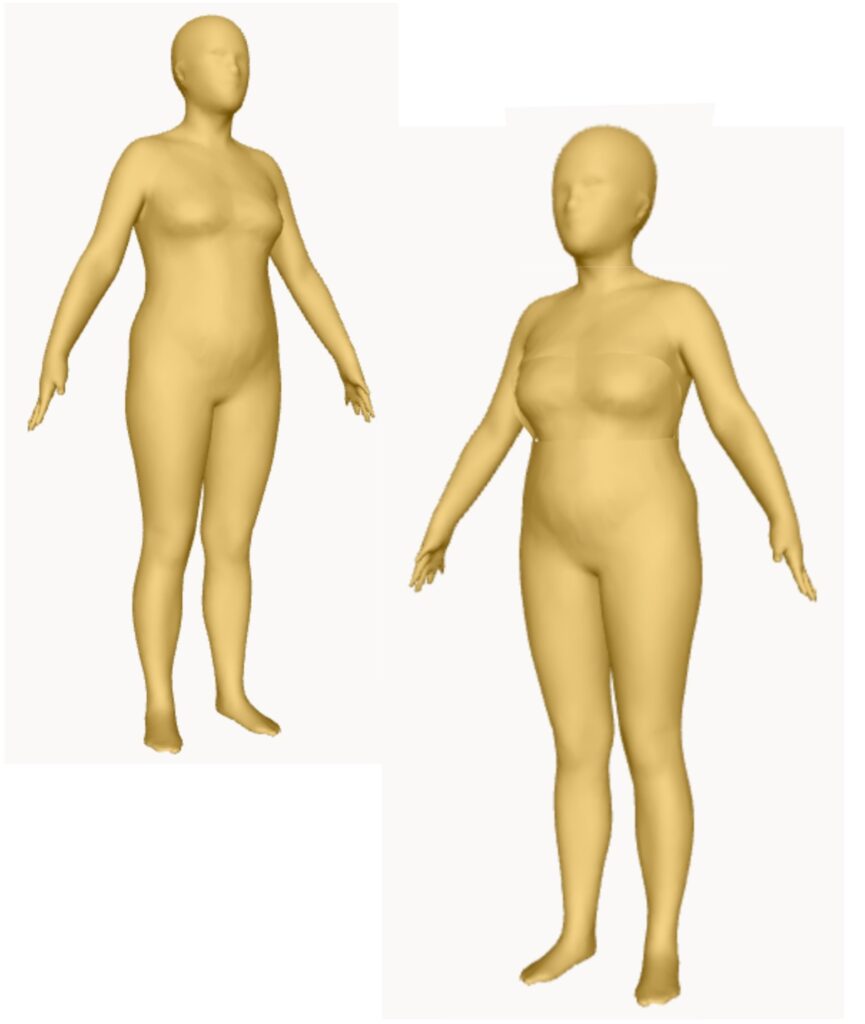Copyright 2024 Carol Kimball
repository for stuff currently orphaned
Trace off a copy of your basic pants block.
Split painter’s tape into thirds(?) with a utility knife (or scissors).
Wearing any pants whose legs fit reasonably well, tape lines on both front and back. Try several options: you don’t have to go with the original pattern’s suggestions.
Transfer to your block.
recent orphans to sort later:
https://www.ravelry.com/discuss/lazy-stupid-and-godless/4292233/726-750#728
I am slightly disheartened at how accurate this is.
This is everyone’s reaction to a realistic body shape (sometimes called a croquis, krow-kee, though that originally was the designer’s sketch, including fabric swatches).
A useful site!
https://www.shavatar.me/3d-avatars
A couple notes:
You’ll need cm and kg to generate your image. Most tape measures give both. For your weight, use half your poundage to get to kg. This is a tad light.
Unless you’re very slender or still in your teens, they’re going to put your bust too high.
Use a slightly angled view rather than dead-on. There’s a reason models stand that way.
I do think that the extra vertical piece along the shoulder reduces the visual weight of the dropped shoulder I’m going to end up with because my shoulders aren’t as wide as my bust.
This is a classic headache in women’s RTW, as the pattern development came (mostly) from the U.S. Army building uniforms. As men’s shoulders get wider, so does everything underneath. Women’s don’t.
To accommodate a larger bust, you cannot just move the sides out. What works is to pivot from the shoulder seam. As the fabric is going over more volume, the hem needs to be lowered so it doesn’t swoop up.
A stay is something that supports and/or keeps in place.
The hip stay keeps the side seam from collapsing into the hollow.
A waist stay supports the weight of the skirt as well as takes the strain off of side seams.
The stays that were precursors to corsets were the underpinnings that kept the garments above (in the outward sense) organized.
a) a “simple” poofy sleeve
b) sleeve head -doubled up on itself, basted to the main sleeve c) and thereafter treated as one
d) cuff
e) gathering on b) and c)
f) inner sleeve (usually lining)
g) inner sleeve sewn
The inner sleeve is a stay. It’s shorter and narrower than the poofy bit, which would otherwise head down to the elbow crease.








